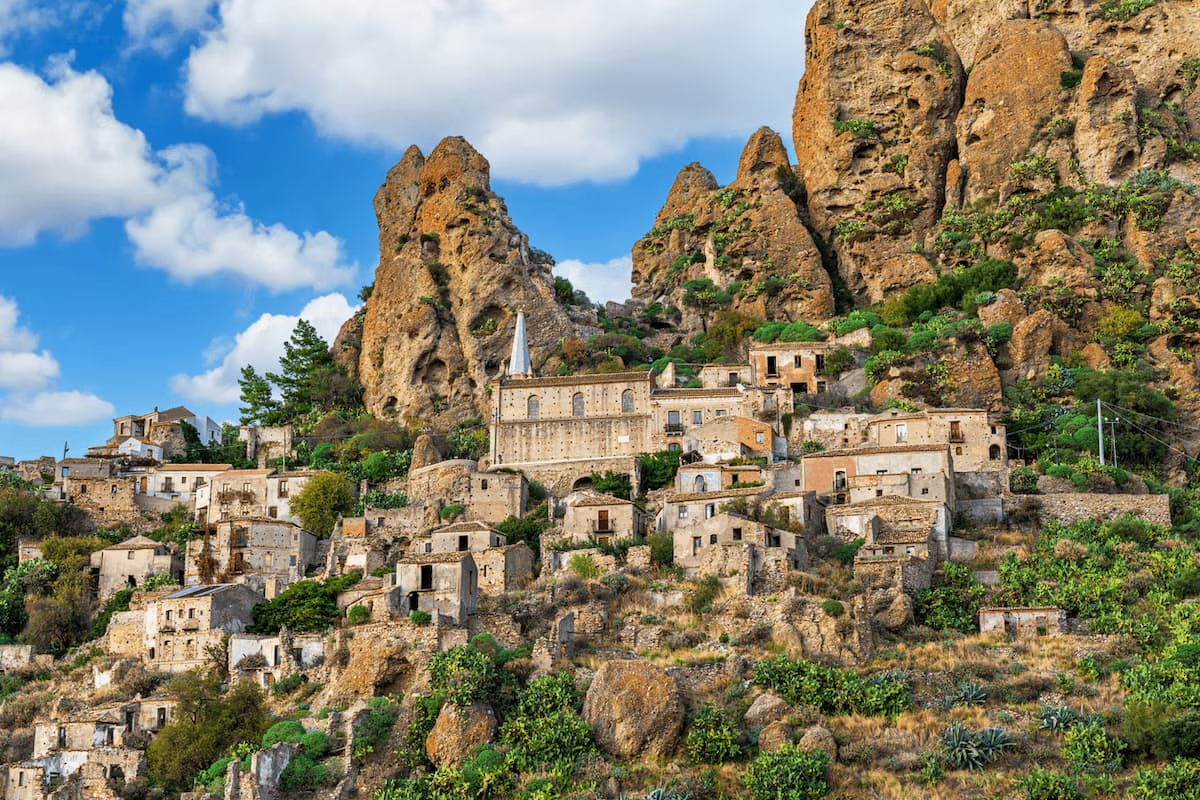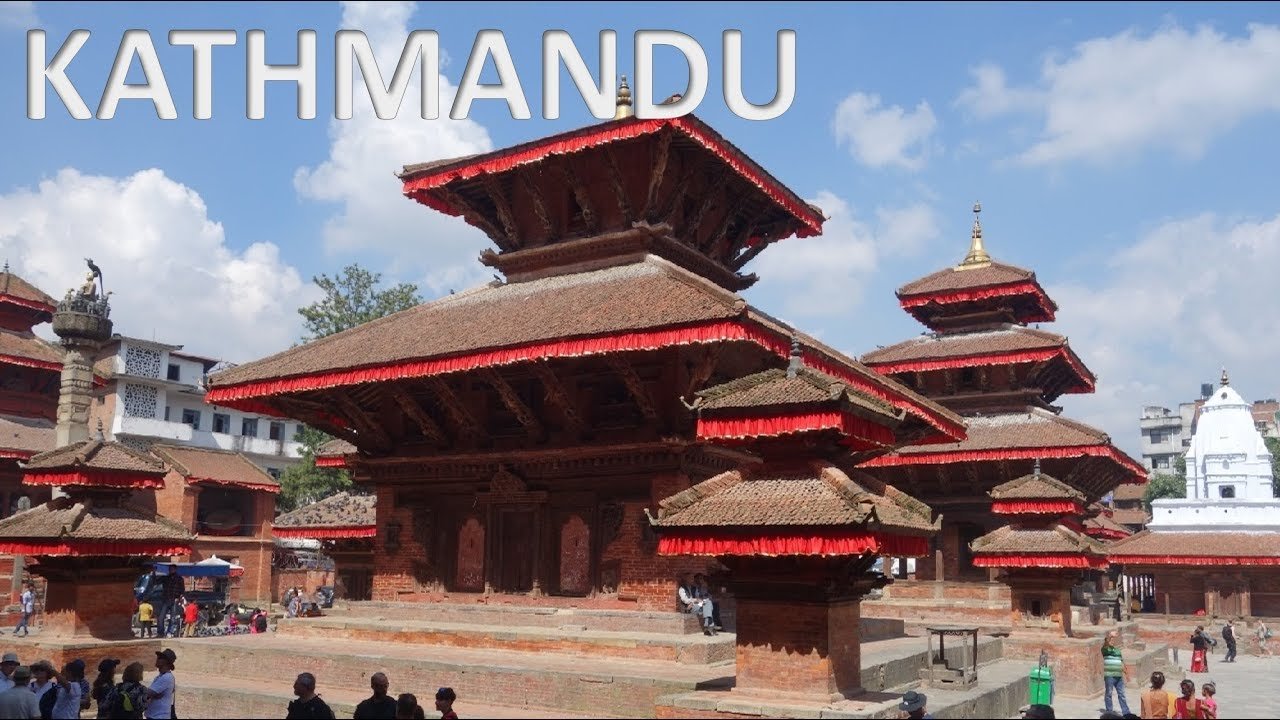In the process of conjuring such thoughts, a name like “City of Ghosts” could suffice; scenes of ghostly streets, abandoned houses, and whispers of those who once inhabited the place spring to mind. Cities and towns of ghosts reside around the world, bearing witness to human aspirations and catastrophes, and puzzles. Some went out largely in sudden abandonment, while others degenerated slowly with time. Today, even in silence, they provide food for thought for travelers, historians, and storytellers who seek answers.
The Meaning Behind the City of Ghosts
Ghost Town is not just another way of describing an abandoned place. It might be more accurately defined as a place where the vitality of man has once flourished and eventually disappeared-leaving behind only the memories, our stories, and sometimes fear. People have been displaced, leaving behind their homes, because of wars, natural disasters, diseases, or the collapse of the economy. But with most of these abandoned sites, it became a custom to tell tales of ghostly happenings. Visitors commonly narrate these towns as heavy with some energy-as if the past still lingers in the air.
Pompeii, Italy – A City of Ghosts Trapped in Ash
Pompeii is one of the most famous ghost towns. In 79 A.D., Mount Vesuvius erupted, and so great was the force of that eruption that it covered the Roman city with volcanic ash. Thousands of people died at that moment. What makes Pompeii unique is how it has been preserved. Streets, homes, and even the shapes of people remain frozen in time.
Walking through Pompeii is like stepping back into the past. Many times, people experience a deep silence, as if the city still carries within itself the sorrow of that awful day. It is truly a city of ghosts where history refuses to relent.
Pripyat, Ukraine – The Nuclear City of Ghosts
For workers of the Chernobyl nuclear plant, Pripyat was built in 1970. A modern city dense with families, schools, and parks, it was suddenly evacuated in April 1986 due to the catastrophic explosion. The city was emptied in a matter of hours.
Pripyat is a ghost town today. Rusted amusement parks, classrooms filled with flaking books, and dead silence echoing in deserted apartments-the very picture of some visitors hearing bizarre sounds or spotting strange shadows has also contributed to this city being regarded as one of the world’s most haunted ghost towns.
Kolmanskop, Namibia – The Desert City of Ghosts
Kolmanskop, a diamond mining town of great wealth, sits nestled in the Namib Desert. During the heyday of this town in the early 1900s, luxury houses, hospitals, and even a theater graced this gem. The people left once all the diamond resources were depleted, and slowly, the desert began taking its toll on the place.
Today, the sand fills the living rooms, and winds whistle in the empty halls. The once-majestic houses now seem like an ocean somewhere in another world. Kolmanskop is a perfect reminder that wealth will pass away, but history must still linger.

Bodie, California – The Wild West City of Ghosts
Bodie was a gold-mining town that saw a great deal of activity in the late 1800s in California. Tightly packed on its busy streets were saloons, hotels, and shops. People were quick to leave when the gold ran out, and Bodie became a decaying shell.
Outside of many ghost towns, Bodie remains in a state of “arrested decay.” Rusty wagons are lined outside of homes, and dusty bottles still sit on shelves. A local tale states that anyone who steals from Bodie will suffer bad luck until the stolen object is returned, lending an air of the supernatural to this famous city of ghosts.
Fengdu, China – The Spiritual City of Ghosts
Fengdu Ghost City was constructed for the purpose rather than just being like other ghost towns. Sitting on Ming Mountain, Fengdu is a cultural and spiritual site laden with writing, shrines, and statues. As per Chinese tradition, Fengdu is regarded as the portal to the afterlife. According to folklore, all souls are said to go through trials here at Fengdu before proceeding to their next life. With its grandiose architecture and mythos, Fengdu is not only a ghost town but also represents a great deal more: a spiritual belief and cultural treasure.
Hashima Island, Japan – The Forgotten City of Ghosts
The sea off the coast of Japan is where Hashima Island, alias “Battleship Island,” is found. From the early 1900s, it was a hectic settlement for coal mining. Thousands of workers and their families crammed into concrete blocks. By the 1970s, the island was abandoned due to dwindling coal demand.
Now, they appear to be the remains of a ruined fortress floating in the sea. Hashima features in many films and documentaries, helping to create its eerie reputation as a ghost city at sea.
Why Ghost Cities Fascinate Us
Much has, and continues, to draw people into ghost towns:
- History: To glimpse into how people lived before catastrophe or decay struck.
- Mystery: To feel somewhat frightened and learn stories of ghosts.
- Art: To create haunting images of the ruins and silence.
- Culture: To seek understanding of how communities come to terms with death, memory, and time.
The Symbolic Power of Cities of Ghosts
Once abandoned, ghost cities exist as mirrors of human aspirations and vulnerabilities. They remind us that great civilizations can vanish in the blink of an eye while at the same time evoking curiosity, creativity, and a respect for history.
Literature and films usually depict a ghost city as a site of lost glory, unfulfilled ambitions, or occupation in the thin space separating the living from the dead. These tales maintain the spirits of the ghost towns in our imagination even after the people had left for good.
Modern Cities of Ghosts
Ghost towns are not strictly historical. Today, modern cities are undergoing a similar fate. Some places in China had large real estate projects constructed but left empty, morphing into ghost cities in modern times. In much the same way, luxury developments in other countries lie abandoned owing to financial failure.
Conclusion
The City of Ghosts is not just a phrase; it’s a reality on a global scale. Pompeii. Pripyat. Bodie, Fengdu, and many, many other places. Each city has its own story: some concern sudden tragedy, some slow decline, and some are about cultural beliefs.
Also Read: Unforgettable & Most Beautiful Train Journeys in India


